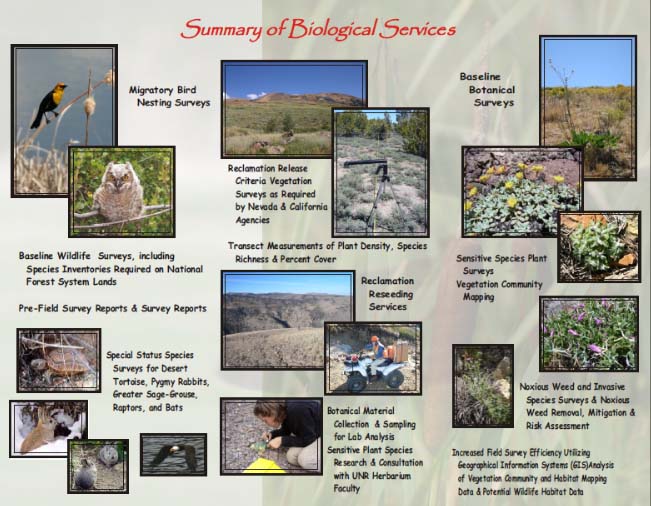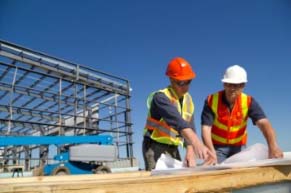How Mining Works - Assessment/Approval
Regardless of how valuable of a resource is discovered and identified, the resource will only be brought to market when a company can properly assess and present the total environmental and socio-economic impacts of the mine development—going from buried resource, to mine, to reclaimed land. The goal of the assessment phase is to thoroughly investigate how mining will impact the environment and communities, and how the miner will mitigate the risks associated with resource extraction. Not only must a miner conduct an accurate assessment of the risks and benefits of mining, they must communicate their assessments to various government agencies through a permitting process, and once the mine plan assessment can demonstrate that the impacts can be properly mitigated the permits will be granted.
The evaluation stage of exploration involves the investigation of the total environmental and socio-economic impacts of going from resource to mine and through to post-mining reclaimed land. This assessment of the risks and benefits of mining is a critical input to government decision-making in relation to the mine’s development. Permits are required across the entire life cycle of a mine. During this process, the company will present comprehensive documents to Federal and State/Territory Government agencies outlining predicted impacts associated with the development and how these will be mitigated or managed over the life of the mine. The nomenclature of this study varies, but is generally known as an Environmental Impact Study (EIS).
Financial considerations are very important in the assessment phase as environmental mitigation and remediation come at a financial cost. Development must limit impacts to the environment and bring social and economic benefits to the mining company, local communities, and the local economy before a government will approve a mine’s development.

PERMITS
The entire life cycle of a mine is defined by a series of required permits—permits to explore; permits to extract the resources; permits to construct a mine; and permits to reclaim and close a mine. The length of time it takes to obtain the necessary permits to build a mine depends on the country where the proposed mine is to be located.
The United States has one of the longest permitting phases; obtaining approval takes an average of seven years. On the other side of the scale, the approval process in Australia takes an average of one to two years. In the permitting phase, the mining company will present to the required agencies a comprehensive document that outlines the proposed mine plan, identifies its impacts, outlines how these impacts can be mitigated, and illustrates how the mine will be reclaimed and closed. The nomenclature of this document depends on the country, but is commonly referred to as an Environmental Impact Study. [READ MORE]

